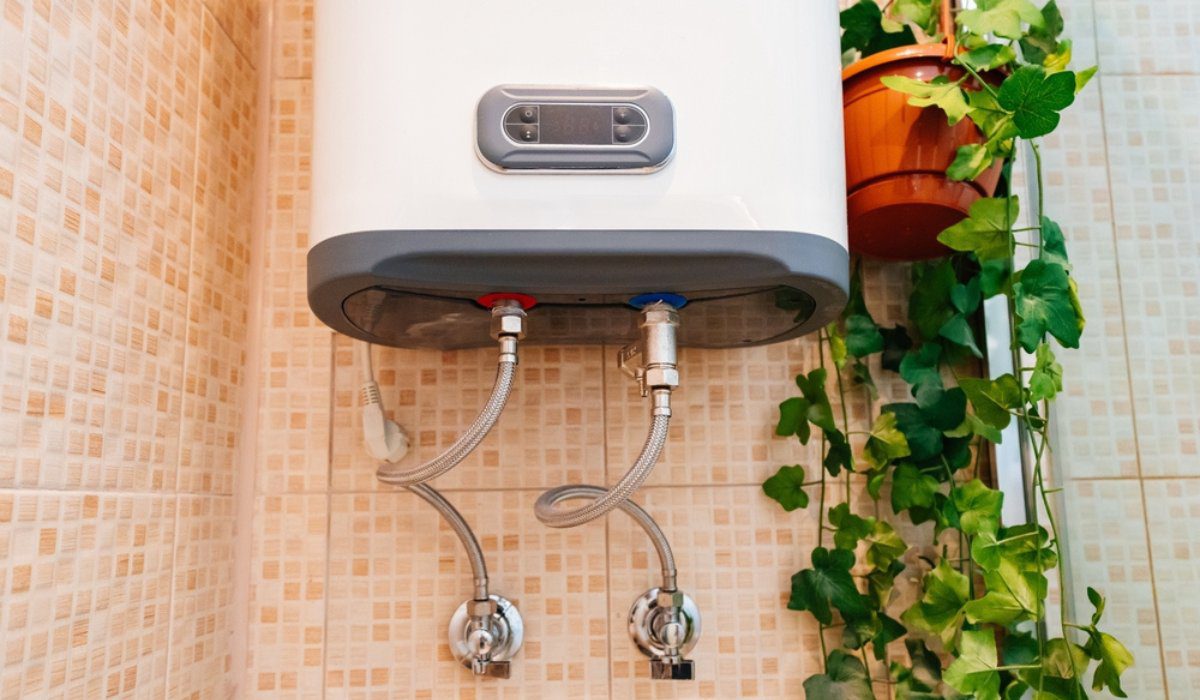Specialist Guidance for Caring for Your Home's Hot Water SystemSimple Steps to Caring for Your Home's Hot Water System
Specialist Guidance for Caring for Your Home's Hot Water SystemSimple Steps to Caring for Your Home's Hot Water System
Blog Article
Every person maintains their personal conception on the subject of How to Maintain Your Water Heater & Prolong its Life.

Warm water is important for day-to-day comfort, whether it's for a refreshing shower or cleaning dishes. To ensure your warm water system runs effectively and lasts much longer, regular upkeep is key. This post provides functional pointers and insights on just how to maintain your home's warm water system to stay clear of interruptions and expensive repair services.
Introduction
Preserving your home's warm water system might seem complicated, but with a few straightforward actions, you can ensure it operates efficiently for years to come. This overview covers every little thing from understanding your hot water system to DIY upkeep suggestions and recognizing when to call in expert aid.
Importance of Maintaining Your Hot Water System
Normal upkeep not only extends the life expectancy of your hot water system however likewise guarantees it runs successfully. Overlooking upkeep can lead to reduced performance, higher energy costs, and even premature failing of the system.
Signs Your Hot Water System Demands Maintenance
Knowing when your hot water system requires interest can stop significant issues. Watch out for indicators such as inconsistent water temperature, unusual noises from the heating unit, or rustic water.
Purging the Hot Water Heater
Purging your hot water heater gets rid of debris build-up, boosting efficiency and lengthening its life.
Monitoring and Changing Anode Rods
Anode poles protect against deterioration inside the container. Checking and changing them when worn is vital.
Facility Concerns Needing Expert Assistance
Examples include significant leaks, electrical problems, or if your water heater is consistently underperforming.
Regular Specialist Upkeep Conveniences
Specialist upkeep can include extensive evaluations, tune-ups, and guaranteeing compliance with safety criteria.
Checking and Changing Temperature Level Setups
Changing the temperature settings makes certain ideal performance and safety.
Do It Yourself Tips for Upkeep
You can do several maintenance jobs on your own to keep your hot water system in top problem.
Checking for Leaks
Regularly evaluate pipelines and connections for leakages, as these can cause water damage and greater expenses.
Understanding Your Warm Water System
Prior to diving into upkeep jobs, it's useful to understand the fundamental parts of your hot water system. Generally, this consists of the water heater itself, pipes, anode poles, and temperature controls.
Month-to-month Upkeep Tasks
Regular month-to-month checks can assist capture small issues prior to they escalate.
Testing Pressure Alleviation Valves
Examining the pressure safety valve guarantees it functions appropriately and prevents extreme stress buildup.
Protecting Pipelines
Shielding hot water pipelines lowers heat loss and can save energy.
When to Call a Professional
While DIY upkeep is beneficial, some problems need specialist proficiency.
Verdict
Normal maintenance of your home's hot water system is necessary for performance, longevity, and cost financial savings. By following these tips and understanding when to seek expert aid, you can guarantee a trusted supply of hot water without unforeseen disturbances.
How to Maintain an Instant Hot Water Heater
Before tinkering with your hot water heater, make sure that it’s not powered on. You also have to turn off the main circuit breaker and shut off the main gas line to prevent accidents. Also turn off the water valves connected to your unit to prevent water from flowing into and out of the appliance. 2. When you’re done, you have to detach the purge valves’ caps. These look like the letter “T” and are situated on either side of the water valves. Doing so will release any pressure that has accumulated inside the valves while at the same time avoid hot water from shooting out and burning your skin. 3. When the purge valves’ caps are removed, you have to connect your hosing lines to the valves. Your unit should have come with three hoses but if it didn’t, you can purchase these things from any hardware or home repair shops. You can also get them from retail stores that sell water heating systems. Read the user’s manual and follow it to complete this task properly. When the hosing lines are connected, open the purge port’s valves. 4. You should never use harsh chemical cleaners or solutions when cleaning your unit. Make use of white vinegar instead. It should be undiluted and you’ll probably use about 2 gallons. 5. Now flush your water heater. This task should probably take about 40 minutes. We can’t give you specific directions for this because the procedure is carried out depending on the type, model and brand of your heater. With that being said, refer to the user’s manual. 6. When you’re done draining the unit, you have to turn off the purge port valves again. Remove the hosing lines that you earlier installed on each of the water valves. Put the valve caps (purge port) back in their respective places and be very careful so as not to damage the rubber discs that are found inside these caps. 7. Now that everything’s back in place, check your user’s manual again to find out how to reactivate your water heating system. 8. Once it is working, turn one of your hot water faucets on just to let air pass through the heater’s water supply pipes. Leave the tap on until water flows smoothly out of it. https://www.orrplumbing.com/blog/2014/september/how-to-maintain-an-instant-hot-water-heater/

As a fervent reader on Water Heater Maintenance Tips You Can't Afford to Forget, I imagined sharing that piece was a smart idea. I beg you take the opportunity to share this write-up if you appreciated it. I love your readership.
Click Here Report this page